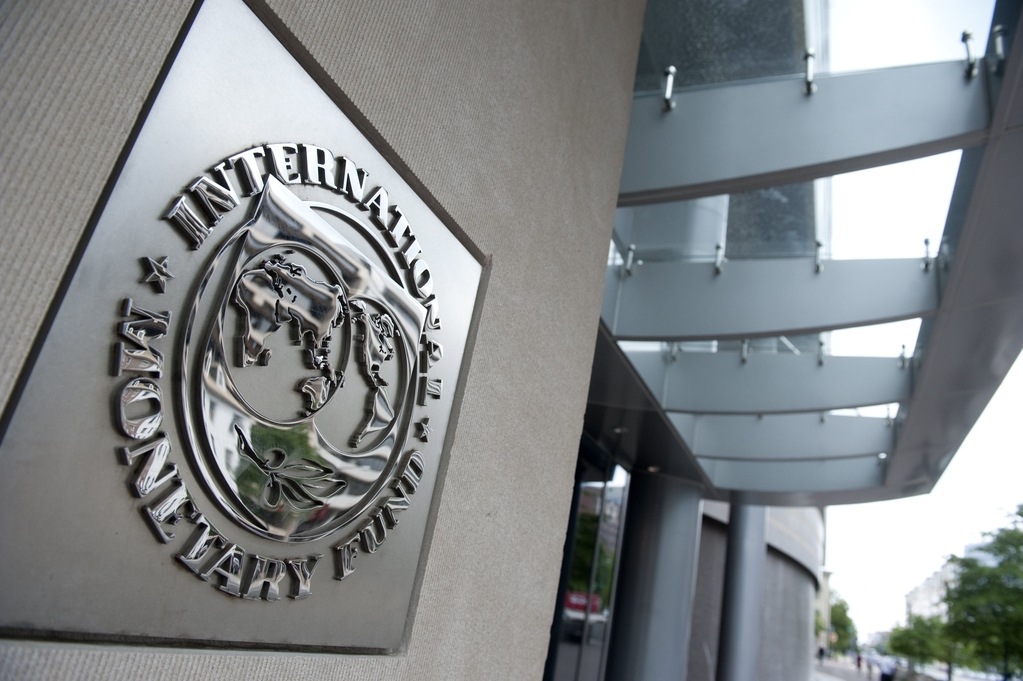November was a month of interesting developments for Egypt, from the Central Bank of Egypt’s (CBE) decision to float the national currency, to the International Monetary Fund’s (IMF) approval of the $12bn loan, a correction of external balances, and an expected soaring fiscal deficit.
According to FocusEconomics Consensus Forecast for the Middle East and North Africa report, the potential risks stemming from the IMF-backed reform programme are high considering Egypt’s past failures to uphold agreements with the fund and a potential political backlash due to unpopular reforms.
The $12bn loan—the largest ever granted to a Middle Eastern country—is a step forward in Egypt’s plans to restore its macroeconomic stability and competitiveness, following years of political unrest and security concerns which led to a reduction in foreign direct investments (FDI) and tourism inflows to the country.
Bilal Khan, Standard Chartered senior economist, said: “Delays in foreign exchange inflows beyond the IMF, as well as multilateral and bilateral disbursements, could see inter bank US dollar-Egyptian pound rates rise sharply on a backlog of pent-up foreign exchange demand. Absorbing dollars in local circulation into the banking system will be important, in our view. While a weaker Egyptian pound and higher rates should rationalise import demand, an ‘indefinite’ halting of Saudi oil shipments could offset this. Short-term US dollar-Egyptian pound spikes could test the CBE’s free-float resolve.”
Though structural reforms under the programme come as an effort to enhance the economic role of the private sector as the main source of job creation and growth, several of these measures could increase inflation, such as subsidy cuts, high interest rates, and the activation of the value-added tax (VAT).
However, in a bid to partially reduce the effects on low-income Egyptian households, the government has vowed to strengthen social safety nets through increasing direct transfers to lower-income citizens, as well as subsidies on basic food products.
Furthermore, October inflation registered at 13.6%. Meanwhile, the annual average inflation rose to 12.1% in October from 11.7% in September, which is the highest level since October 2009. Core inflation, which excludes volatile items such as fresh fruit and vegetables, came in at a record-high 15.7% in October, markedly above September’s 13.9% reading. FocusEconomics Consensus Forecast expects inflation to average out at 13.1% in calendar year 2016, and to average at 15.3% in calendar year 2017.
In regards to GDP growth, the government targets 4.4% growth in 2016 and 5.2% in 2017. FocusEconomics Consensus Forecast panellists are less upbeat and expect the economy to have expanded just 3.5% in fiscal year (FY) 2016, and 3.5% for FY 2017. FocusEconomics expects total investment to have grown 5.3% in FY 2016, and forecasts it will reach 5.4% in FY 2017.



